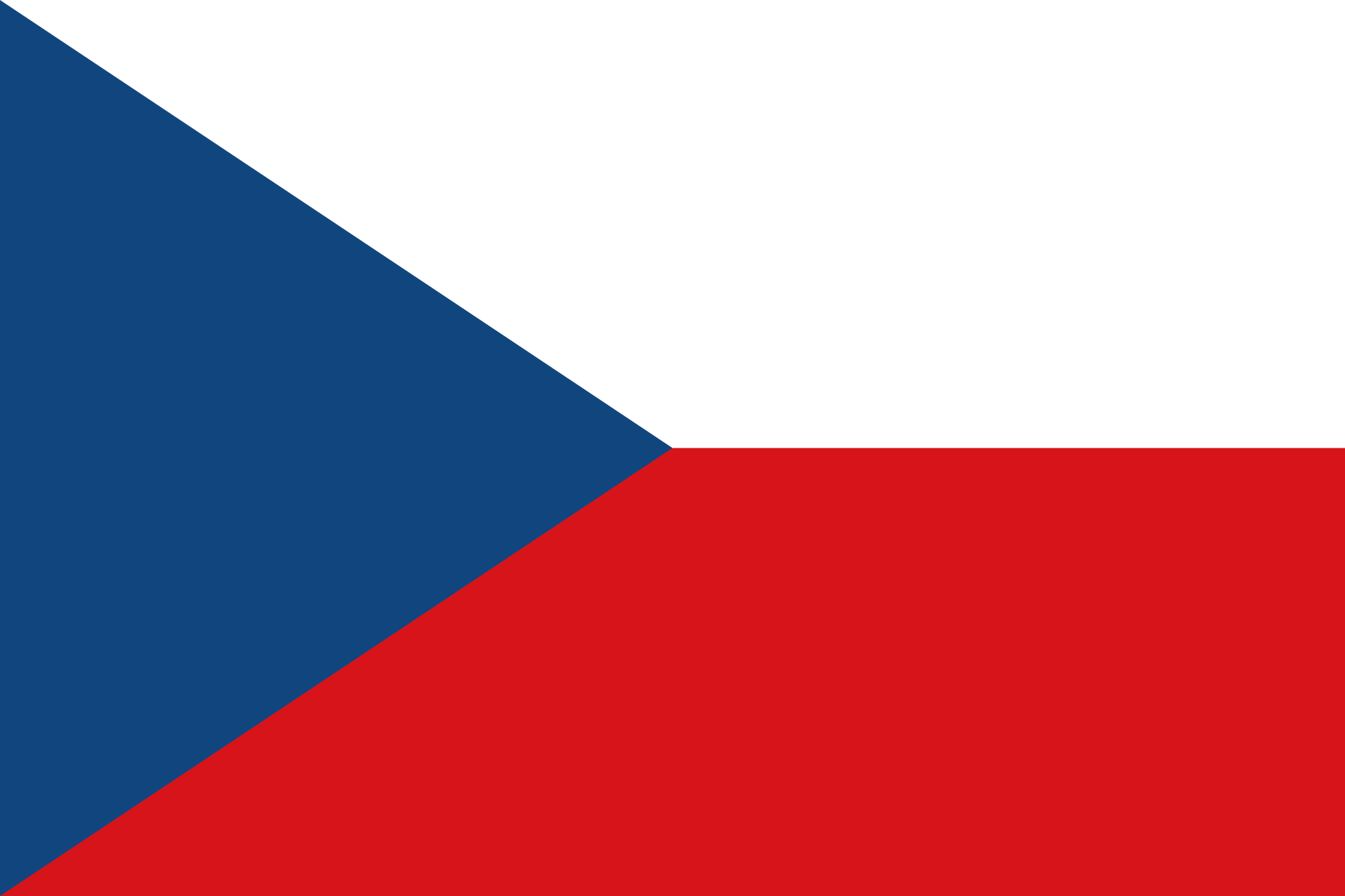
The map portal integrates results of several years of a cross-border co-operative research at the Faculty of Science, University of South Bohemia, Institute of Parasitology, Biology Centre AS CR, Ceske Budejovice, Institute of Geoinformatics, VŠB – Technical University, Ostrava, Czech Republic and Institute of Comparative Tropical Medicine and Parasitology, Ludwig Maximilians University, Munich, Germany and in collaboration with other partners listed in the end of this page. The majority of the data was acquired during the realization of the project Ticks and Tick-borne Diseases in South Bohemia and Bavaria, additional data were obtained through the project Tick and tick-borne pathogen research in South Bohemia with the use of GIS.
The main purpose of the web portal is to make available the data on tick and tick-borne pathogen occurrence to the general public. We have attempted to do so in a user-friendly form, offering combined view of the epidemiological data layers on a regular cartographic base map. For more information on the types of data available click here:
The next paragraphs describe shortly the whole process of creation of the individual data layers. The presented maps were created as an output of GIS (geographical information systems) analysis of data acquired by field measurements, laboratory testing, geographical databases, sources of satellite data and others.
Data on numbers of human disease cases of tick-borne encephalitis (TBE) and Lyme borreliosis (LB) were obtained from the National Institute of Public Health, Prague (EPIDAT). Data on tick activity and tick-borne pathogen prevalence were acquired by field measurements and laboratory testing. In a network of 50 testing plots (30 in South Bohemia and 20 in Lower Bavaria and Upper Palatinate) tick activity was estimated and tick samples were collected in 3 sampling periods during a single season. The tick activity was measured by a standardized flagging method (dragging a white flannel cloth over the vegetation on a precisely specified area and counting ticks caught on the cloth). The ticks were collected to separate test tubes, transported to a specialized laboratory and tested for the presence of agents of LB and TBE.
In South Bohemia 20,057 host-seeking Ixodes ricinus ticks were collected (18,829 nymphs, 578 females, 650 males). The mean total tick activity reached 30 ticks/100 m2 for nymphal stage of Ixodes ricinus and 2.0 ticks/100 m2 for adult ticks. The activity of ticks in South Bohemia reached statistically significantly higher values than in Bavaria (37 vs. 25 ticks/100 m2). Altogether 15 150 tick samples were tested for presence of Lyme borreliosis spirochetes, 12.3 % (1865) were found positive. In the case of TBE virus 87 of 28,862 tick samples were positive reaching the minimum infection rate of 0.3 %.
The results acquired in field and in the laboratory were statistically evaluated using a database of environmental data (land surface temperature, type of vegetation cover, altitude, exposition to sunlight etc.) in order to identify the key factors that determine the tick activity and pathogen prevalence.
Based on mathematical expression of the relationship between tick activity/pathogen prevalence and the environmental variables, spatial models predicting the risk of tick or infected tick occurrence were created. More specifically following items were estimated by the mathematical models:
The mathematic equations were used to create separate map layer for each of the models in the environment of geographic information systems (GIS). The resolution of the final model is 250 m.
Finally, all the data were published in a form online web portal which is presented to you by this web page.
For correct interpretation of the model results it is necessary to keep in mind that the model was calibrated on type biotopes suitable for survival of tick populations – it means forested areas with altitude up to 700 m a. s. l. All other areas were automatically classified as minimum risk areas, water areas are in the same manner classified as no risk.
Mathematical models are approximations of the real world mechanisms and hence have only limited accuracy. Moreover, they work with probability. Therefore the model results should be considered only as a guide to differentiate between high and low risk areas. There is no guarantee, you won´t meet an infected tick in a low risk region, only the probability is lower than in a high risk area. Therefore, it is advised to take the appropriate „anti-tick“ preventive measures even when entering a lower risk forested area.
Mgr. Václav Hönig (field work, laboratory methods and testing, statistical analysis)
Prof. RNDr. Libor Grubhoffer, CSc. (head of the project)
Faculty of Science, University of South Bohemia & Institute of Parasitology, Biology Centre, AS CR, Ceske Budejovice, Czech Republic
RNDr. Pavel Švec, Ph.D. (GIS analysis, GIS modeling, cartographic work)
Bc. Ondřej Masař (GIS modeling)
Jan Poláček (web map portal)
RNDr. Daniela Szturcová, Ph.D. (statistical analysis)
Institute of Geoinformatics, VSB – Technical University of Ostrava, Ostrava, Czech Republic
doc. RNDr. Tomáš Mrkvička, Ph.D. (statistical analysis, mathematical model)
Faculty of Science, University of South Bohemia, Ceske Budejovice, Czech Republic
Prof. Dr. med. vet. Kurt Pfister (head of the Bavarian part of the project)
MVDr. Dana Zubriková, Ph.D. (field work, laboratory methods and testing)
Maria Vögerl, Diplom-Biologin (field work, laboratory testing)
Institute of Comparative Tropical Medicine and Parasitology, Ludwig-Maximilians University, Munich, Germany
Tick sampling and testing:
Mgr. Veronika Dorňáková, RNDr. Jarmila Dupejová, Jan Erhart, RNDr. Patrik Kilian, Bc. Helena Mondeková, Mgr. Martin Palus, Mgr. Zuzana Vavrušková, Mgr. Vendula Vetišková
We would also like to thank Mgr. Petr Halas, Ph.D. (GEONIKA AS CR, Brno, Czech Republic) for his help with phytocenological survey of the testing plots,
RNDr. Vlasta Danielová and RNDr. Milan Daniel for their help with the analysis and selection of the sampling sites.
We also thank ČÚZK
for the permission to use their base maps in our ArcGIS online web platform.
European Regional Development Fund (Project “Ticks and Tick-borne Diseases in the Conditions of South Bohemia and Bavaria , The Region of South Bohemia, grants SP/2010184 (VSB-Technical University, Ostrava), GAČR 206/09/H026 a Z60220518 (Institute of Parasitology, Biology Centre, AS CR).